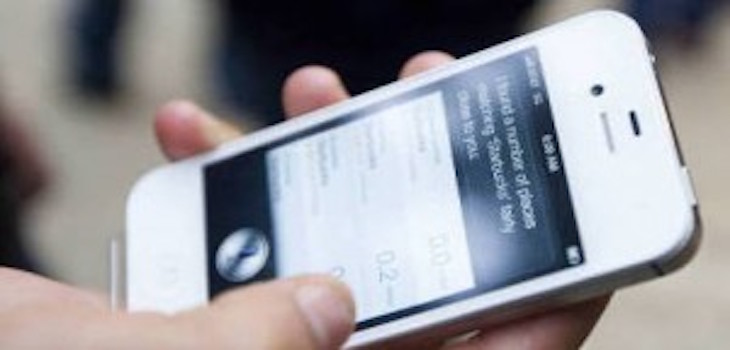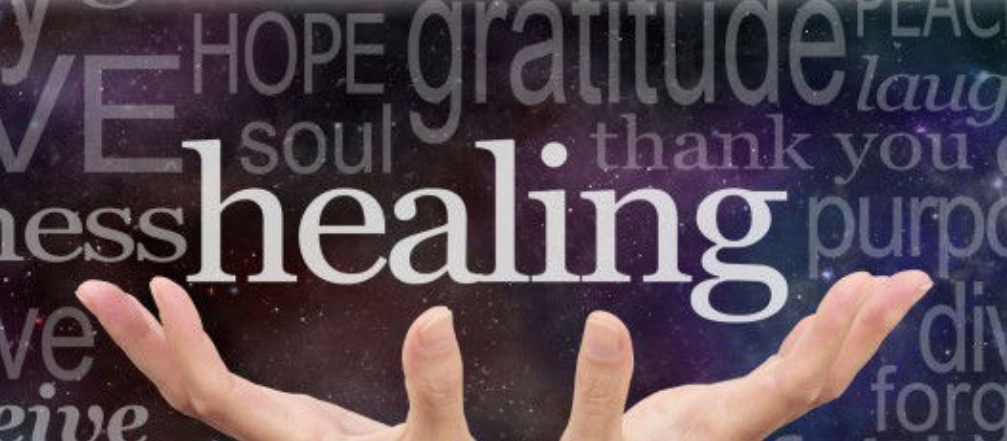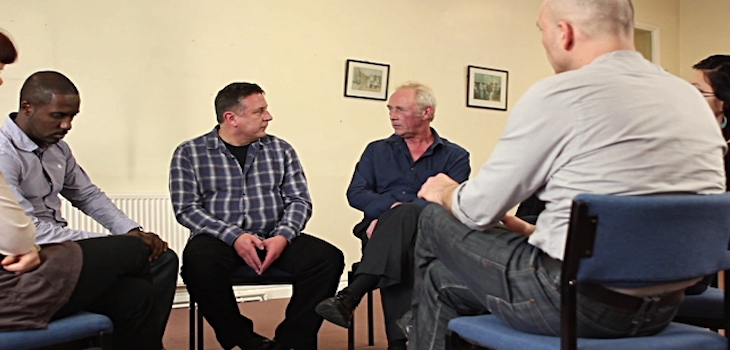Just short of three years ago I was walking with my son on South University Ave in Ann Arbor when I asked him to pick out a lunch spot. As he always is on his phone, he immediately returned to his mobile device. I reacted. . .”Again you are on your phone- why can’t you be present?” Only to hear his exasperation. “mom, you asked for a lunch place and I’m looking”. How would I figure that looking up and around was not an option.” Even right in front of us were several eateries, one of my favorites, No Thai!, notwithstanding. But he turned to his phone.
It was at that moment that it hit me- we have complete access to almost any information in the 4×6 electronic device that we hold in one hand. In that moment he was not on his phone checking his fantasy scores, involved in a group chat, or watching the latest Snapchat; he was actually doing what I asked him to do. Digital addiction or efficiency?
That was a defining moment for me. Since then I too am my phone. I no longer need a mirror, a GPS, a level, a cookbook, a fax machine, paper, and even a wallet (well that occurred later) although the phone can’t carry my change. Google will answer any question I ask. If I want to purchase a new perfume, I look online. If I need a medicine to remove my ear wax (yes) I stand in the aisle of the drugstore and decide-I look online.
It was also at that moment I realized something. My kids’ (and those younger than me by some years) will have a vastly different experience with many things. My son will rarely touch money. He will rarely experience shopping, holding a shopping bag during the holidays and taking in the Christmas cheer at the malls, or a library, or perhaps a real big screen. Today he ordered a two-pack of batteries on Amazon, to go with his new Hanukah present, rather than going across the street. When I forwarded him the confirmation, “Walgreens?” I asked, “It was easier” he responded.
Besides contrasting experiences, the crop of today will also have different wired connections in their brains. While there is little if any research on the neuro-pathways created in this generation of multitasking youngsters, I will guess that he will require a higher level of stimulation throughout his life. It is not yet suggested that his brain has developed distraction pathways, that he will have a higher level of ADD but that he will move faster and perhaps utilize other areas of his brain. I am hoping for the latter.
And they will also have different challenges. As a sexologist with a specialty in process addictions –those things with which we need to develop a healthy relationship (sex, love, food, exercise, money, work, gambling, shopping) it’s clear to me the challenges that lay ahead in helping our culture develop healthy relationships. Porn and webcams provide immediate and easy access to live objects of desire. Apps like Ashley Madison, Grindr and Tinder make available immediate hookups defined by geographic location. Have you heard of Teledildonics? You can now use your phone to send a vibration to someone else’s phone that communicates your sexual response. You want it it’s available, if not on the web, or on the deep web, its on the dark web. I myself have frequently perused apps for Gilt and Amazon. The web is a shopper’s haven. Then again, it’s an endless labyrinth. A digital addiction?
The web provides 3 things . . accessibility, anonymity and affordability, all accessible on mobile devices. Are they creating a breeding ground for efficiency or digital addictions?
As smart as it is, my phone can’t carry my change. Nor can it carry my emotions (well not yet) or my connections or passion for my loved ones and our experiences. My son is right though . . it’s good for ordering batteries on Amazon.






